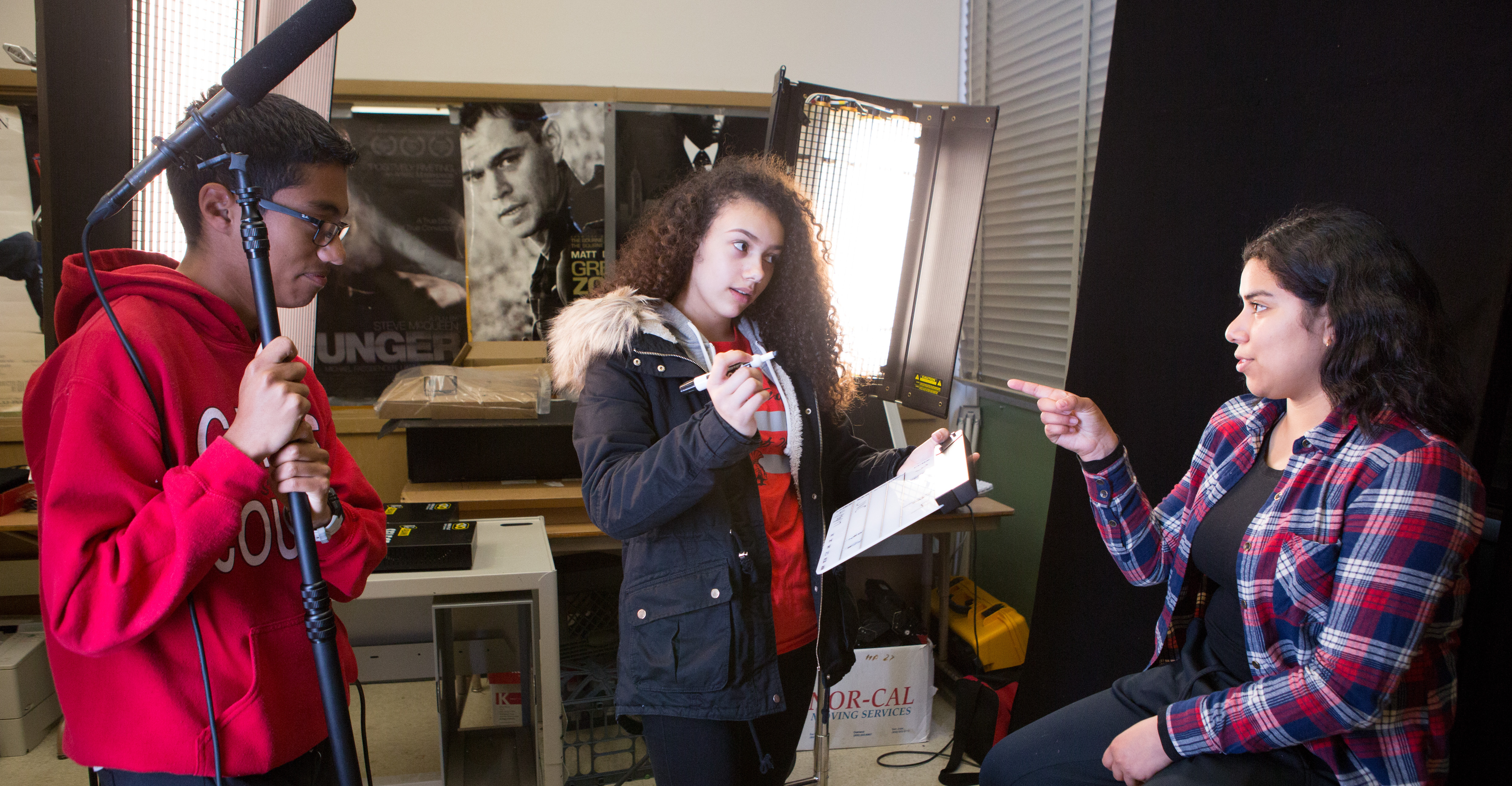
FAQ for Reform to Equal Rights: K-12 Disability History Curriculum
How can I fit this into an already full curriculum?
Some teachers may find time to add lessons or even whole units. Yet every teacher can frame a disability history perspective on topics that they already teach. For example, a photo of Ellis Island agents inspecting the eyes of immigrants may introduce the question of who immigration law aimed to exclude and why. That discussion should always rightfully include disability. The class or individual students may or may not go on to explore the 1882 Immigration Act that set up the system or links to the eugenics movement. Reform to Equal Rights can support the integration of disability history at many such points across American history. See the Standards page for alignment to particular content standards.
May I use the primary sources from this curriculum in my own lessons?
Please do. Reform to Equal Rights uses 250+ primary sources. Most are in the public domain. Many others come from public online collections. For the rest, Emerging America secured permission so that teachers can use all these sources in creative ways. It is always responsible practice to include citations for sources in curriculum, slides, and other materials. Please include a reference and link to Reform to Equal Rights. Of course, for-profit ventures must be sure to secure permission for publication.
Each lesson plan lists all its primary and secondary sources with hyperlinks from source description. Each unit plan lists all sources from lessons in that unit with a thumbnail image and the full URL.
Are these lessons accessible?
Reform to Equal Rights models a great many strategies and tools for inclusion. This curriculum arose from our Accessing Inquiry project which seeks to make history, civics, and social studies fully inclusive of all learners. We built the curriculum using an overall Framework for Inclusion. Within that framework, we employ Universal Design for Learning. The specific strategies and tools of each lesson are listed and summarized in the unit plan using a UDL+ Cultural Considerations accessibility grid. (See this link for further explanation of the grid.)
Note that two units – Grades 6-8 Civics and in Grades 9-12: The Long Struggle for Disability Rights – have a lesson "Inclusive Civics Project - Disability Rights" which supports making any civic engagement project fully accessible for students with disabilities.
How does the curriculum align with state and national standards?
Several states enacted general mandates to teach disability history. Emerging America has aligned Reform to Equal Rights with Massachusetts and New Jersey content standards, with the C3 Framework of the National Council for the Social Studies, and with the Educating for American Democracy Roadmap. See our Standards page for details, a list of alignments, and links.
What are other resources for teaching disability history?
Emerging America maintains a portal to disability history curriculum and primary source collections on our Disability History through Primary Sources page. The Emerging America History eNews features regular updates on disability history curriculum and resources. Sign up for the eNews on our Home page. To suggest additions to the portal, contact Rich Cairn at his email below.
Does Emerging America offer webinars or workshops on disability history?
Yes! See our Short Events page for upcoming and recorded presentations. And sign up for the Emerging America History eNews on our Home page for regular updates. Contact us to schedule a presentation at the email address below.
What topics are covered in the curriculum?
Scan the Reform to Equal Rights main page to see what is included. The main topics are:
- Founding of Schools and Asylums (1820-1860) – Antebellum Reform Movements
- Disabled Civil War Veterans (1861-1900) – Impacts of the Civil War - Growth of the Federal Government
- Progressive Era - Consequences of the Industrial Revolution and Immigration and the Impact of Eugenics (1880-1940)
- Development of the Disability Rights Movement across the 20th Century (1900-2000)
- Civil Rights including Disability Rights (1945-1990) – Cold War Era Social Movements
- Passage of the Individuals with Disabilities with Education Act (IDEA) and Americans with Disabilities Act (1977-1990) – Contemporary Challenges
You may contact the project director, Rich Cairn with further questions at <rcairn @ collaborative.org>. Or submit your questions via our input form.


